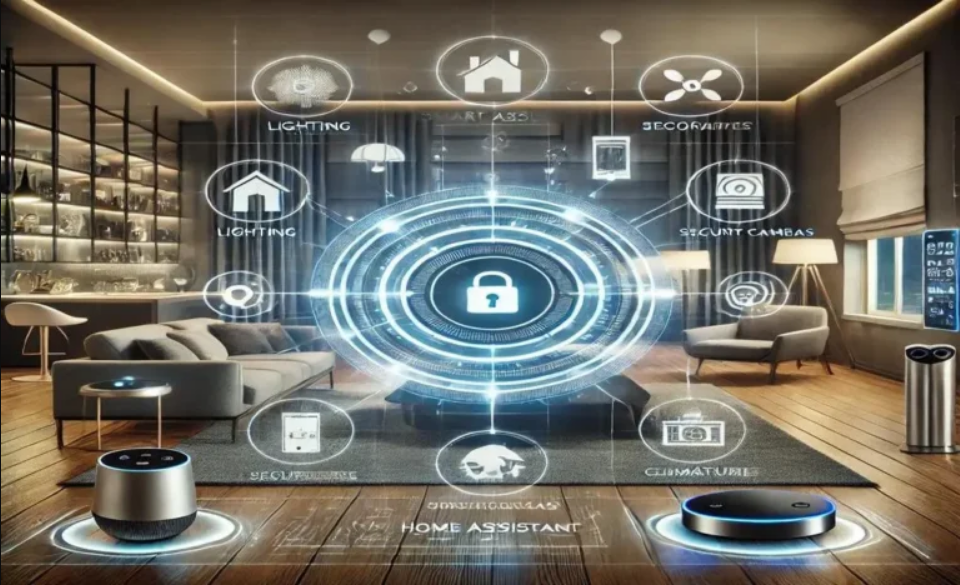
In the era of smart technology, managing multiple smart devices in your home can be challenging. That’s where home assistant setup comes in—an intelligent and flexible way to bring all your smart devices under one unified system. Whether you’re just starting with home automation or looking to expand your existing setup, understanding how to properly install and configure Home Assistant is key to creating a seamless smart home experience.
What is Home Assistant?
Home Assistant is an open-source home automation platform that allows you to control, automate, and monitor all your smart home devices from a single dashboard. It supports thousands of smart products, including lights, cameras, thermostats, sensors, and voice assistants like Alexa and Google Assistant. Unlike many commercial platforms, Home Assistant gives you complete control over your data and system customization.
Why Choose Home Assistant Setup?
The home assistant setup is ideal for anyone who values flexibility, privacy, and advanced control. Unlike cloud-dependent systems, Home Assistant runs locally on your own hardware—such as a Raspberry Pi, a computer, or a virtual machine—ensuring faster responses and better data security. It’s also highly customizable, allowing you to design automations that fit your lifestyle perfectly.
Steps for a Successful Home Assistant Setup
Setting up Home Assistant may sound technical home assistant setup, but it’s actually quite simple if you follow these steps:
1. Choose Your Hardware
You can install Home Assistant on:
-
Raspberry Pi 4: The most popular and affordable option.
-
Desktop or Laptop Computer: Ideal for users who want extra processing power.
-
Virtual Machine or NAS: Perfect for advanced users who prefer network storage or multi-system integration.
2. Download and Install Home Assistant OS
Go to the official Home Assistant website and download the latest version of Home Assistant OS. Flash the image onto a microSD card (if using Raspberry Pi) using software like Balena Etcher. Once the installation is complete, connect your device to the internet and power it on.
3. Access the Home Assistant Dashboard
After installation, open your browser and type http://homeassistant.local:8123. This will bring you to the setup wizard, where you’ll create your account and start the initial configuration.
4. Connect Smart Devices
Once logged in, you can start adding integrations. Home Assistant supports hundreds of devices, such as:
-
Smart bulbs and plugs (Philips Hue, TP-Link, etc.)
-
Smart thermostats (Nest, Ecobee)
-
Security cameras and sensors
-
Voice assistants like Google Home and Alexa
5. Create Automations and Scenes
The best part of a home assistant setup is automation. For example:
-
Turn on the porch light at sunset.
-
Lock the doors automatically when you leave.
-
Send a phone alert if motion is detected when you’re away.
These automations can be created easily through the dashboard without any coding skills.
6. Customize Your Dashboard
You can design your dashboard to show the most important controls and data, such as temperature, lighting, or security camera feeds. Custom themes and icons allow for a personalized look and feel.
Benefits of Home Assistant Setup
-
Local Control: No dependence on cloud services.
-
Privacy and Security: Your data stays on your network.
-
Compatibility: Works with hundreds of smart devices.
-
Automation Power: Create advanced rules for any situation.
-
Community Support: A large online community provides help, guides, and add-ons.
Final Thoughts
Setting up your home assistant setup is one of the smartest moves you can make for home automation. It gives you full control over your devices, saves energy, enhances security, and makes everyday life more convenient. Whether you’re a beginner or an advanced user, Home Assistant offers the flexibility and reliability to make your smart home truly intelligent.